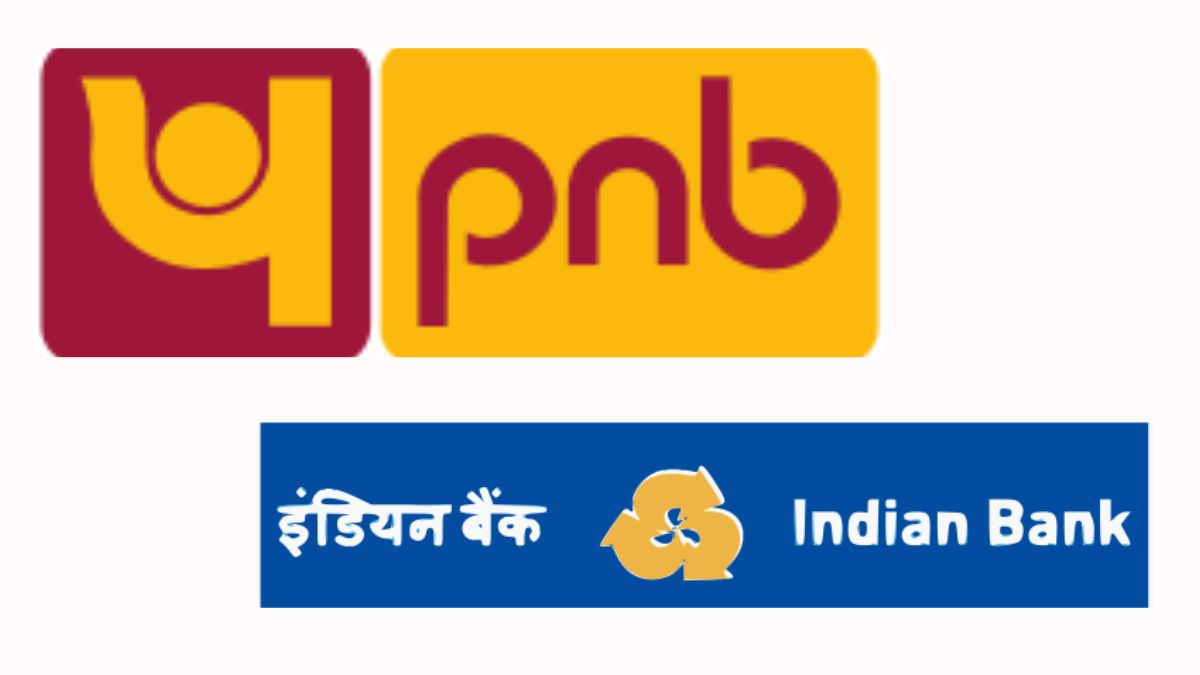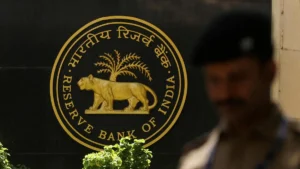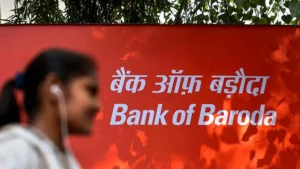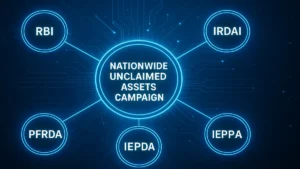Indian Bank and Punjab National Bank (PNB) have removed penalties for not maintaining minimum balance in savings accounts. The changes took effect in July 2025, with Indian Bank starting from July 7 and PNB from July 1. These steps aim to make banking easier and more accessible for people across India, especially those from rural or low-income backgrounds.
Big Relief for Account Holders
Starting July 7, 2025, Indian Bank will no longer charge penalties for not keeping a minimum balance in savings accounts. Similarly, PNB removed such charges from July 1. This move will benefit a wide range of customers including students, senior citizens, small shopkeepers, and rural families.
The banks hope that by removing these charges, more people will feel encouraged to open and use bank accounts. It is also part of a larger effort to support financial inclusion—which means bringing more people into the formal banking system.
Lower Interest Rates for Borrowers
Along with waiving balance penalties, Indian Bank has also announced a small cut in its lending rates. From July 3, 2025, the bank has reduced its one-year MCLR (Marginal Cost of Funds-Based Lending Rate) by 5 basis points, making it 9%. This means customers taking new loans may get slightly lower interest rates, saving some money in the long run.
Helping the Underserved
PNB said that removing these penalties will especially help women, farmers, and low-income households. These groups often struggle with maintaining minimum balances, and the waiver will ease their financial burden.
Ashok Chandra, the MD and CEO of PNB, said, “We believe waiving these charges will ease financial pressure on customers and encourage greater participation in the formal banking ecosystem.”
The move is seen as a positive step in promoting inclusive banking and is likely to be welcomed by millions of customers across the country.



 SBI and Bank of Baroda Receive RBI Nod t...
SBI and Bank of Baroda Receive RBI Nod t...
 Bank of Baroda Recognised as ‘Best Bank ...
Bank of Baroda Recognised as ‘Best Bank ...
 "Your Money Your Right campaign" Campaig...
"Your Money Your Right campaign" Campaig...







